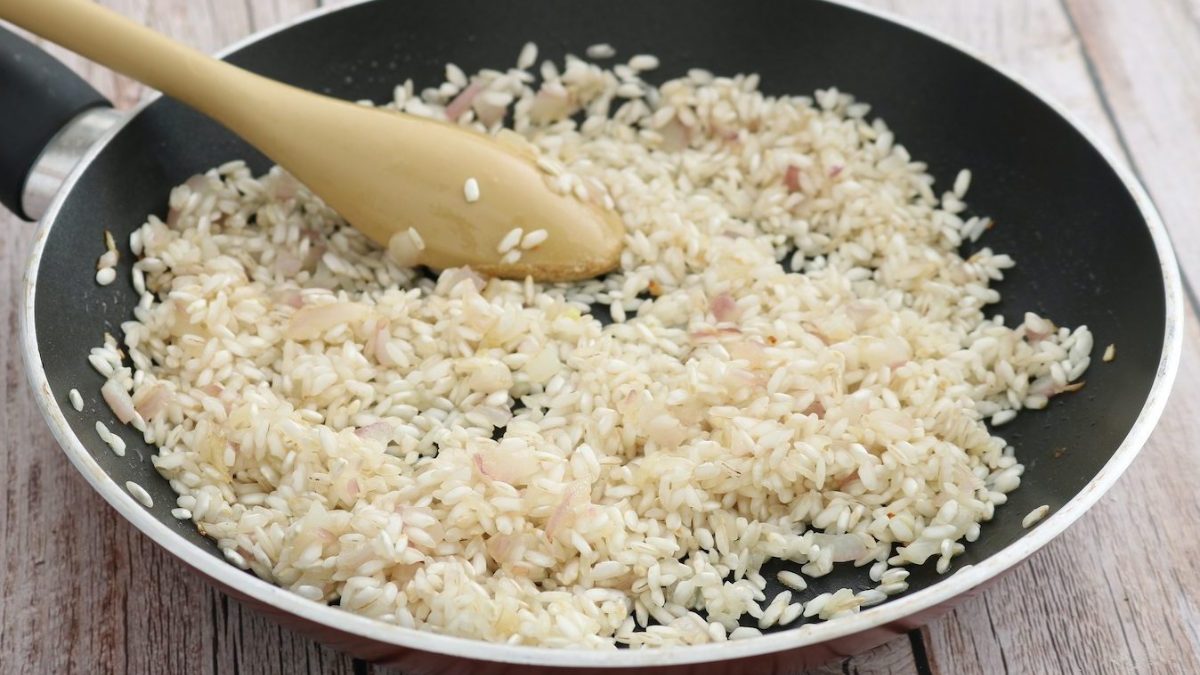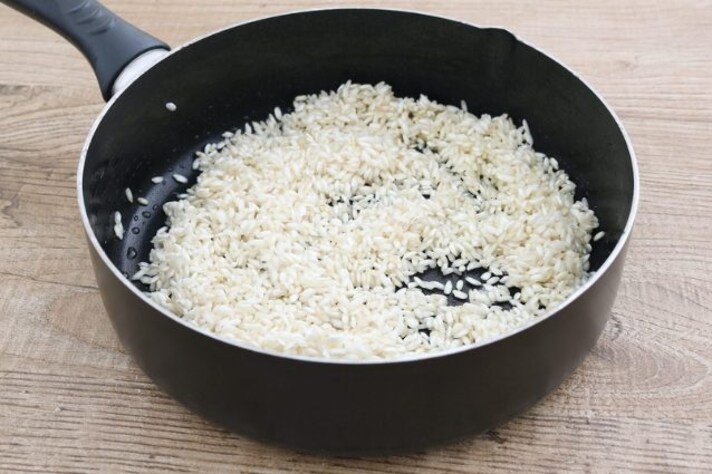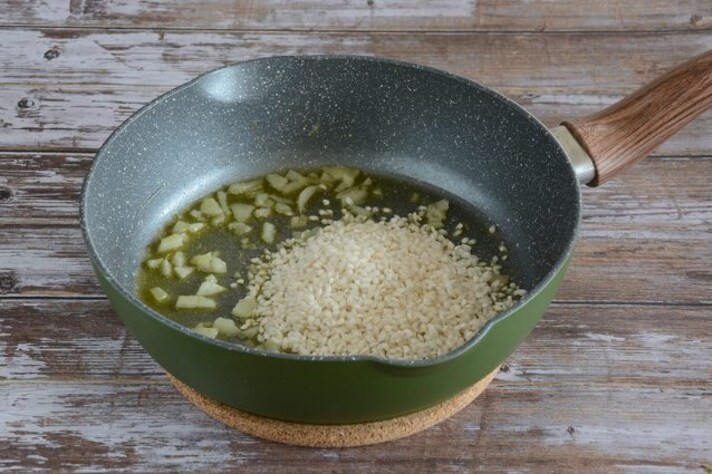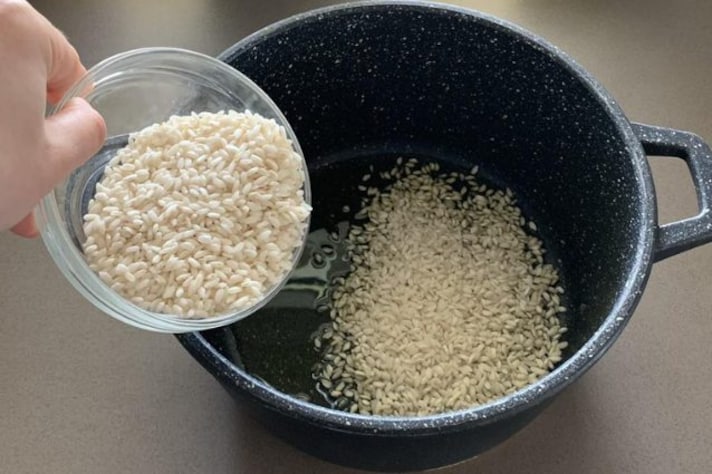
A great classic dish of the Italian gastronomic tradition, risotto has a seemingly simple preparation, but which in reality hides some pitfalls. Making mistakes, in fact, is quite common, especially for those who are beginners. Once you have chosen the most suitable variety of rice (the recommended ones are Carnaroli, Arborio and Vialone Nano) and prepared a good vegetable, meat or shellfish broth, you begin the actual creation of the recipe: less than twenty minutes in which everything is at stake, between toasting, cooking and creaming. And it is precisely the first phase, that of toasting, that is often the most underestimated.
What Does it Mean to Toast Rice?
It's a fundamental step, for starting the grain at the right texture, that is, tough and not sticky, avoiding the risk of obtaining boiled rice. What happens in these initial 3-4 minutes? The rice inside the saucepan alone (in jargon, dry), together with a fat (butter or oil) or with the soffritto, is brought to medium-high temperature and moved carefully, so that its external walls seal, becoming waterproof: this welding allows the grain, once immersed in the chosen liquid, not to crumble and soften, but to remain whole, maintaining its structure, so that the starch released can give the final dish a creamy and not pasty consistency. Let's look in detail at the three toasting techniques that can be put into practice.
1. How to Dry Roast Rice

Let's start with what might seem the most unusual, but which is actually loved by many chefs and gourmands and is suitable when dealing with risottos with a delicate flavor, such as fish, or direct, like the risotto cacio e pepe by chef Massimo Bottura, where a soffritto would give too pronounced flavours. It involves placing the non-stick saucepan on the stove, at a medium-high flame and pouring in the rice: with a ladle, move the grains in batches, to prevent them from burning. 3-4 minutes are enough, the time for the rice to become very hot and a nice white: you can check the temperature by touching it with the palm of your hand. At this point, blend with alcohol or broth.
2. How to Roast Risotto With a Soffritto

Very classic, but it needs to be done in the right way to prevent the grain from absorbing too much moisture. In fact, the rice should be added later and not immediately together with the vegetables. How is it done? In the saucepan, add a drizzle of extra virgin olive oil and add the chopped celery, carrots and onion, letting the latter wilt well: only when it is translucent, a sign that the soffritto (or mire-poix) is ready, can you raise the temperature and add the rice, stir for 2 minutes, so that it toasts while preventing the onion from burning.
3. How to Roast Rice in a Fat

We often find it: it means toasting rice on a base of fat, either butter or oil. The first case is more common in Northern kitchens, where this ingredient is a traditionally widely used condiment: to better control its melting, preventing it from burning, many now use clarified butter (as is done in the Milanese cutlet), which, being free of water, reaches a higher smoke point. Once the butter has melted and slightly darkened, add the rice to the saucepan, always over a medium-high flame and stir for a couple of minutes. For the olive oil, heat it gently and then add the rice, keeping the heat moderate, since at high temperatures it tends to burn quickly, thus also burning the rice. With both fats, it is possible to toast it by also adding onion or shallot: in this case, the rule of sautéing applies, finishing its cooking first and then adding the rice.
;Resize,width=767;)
